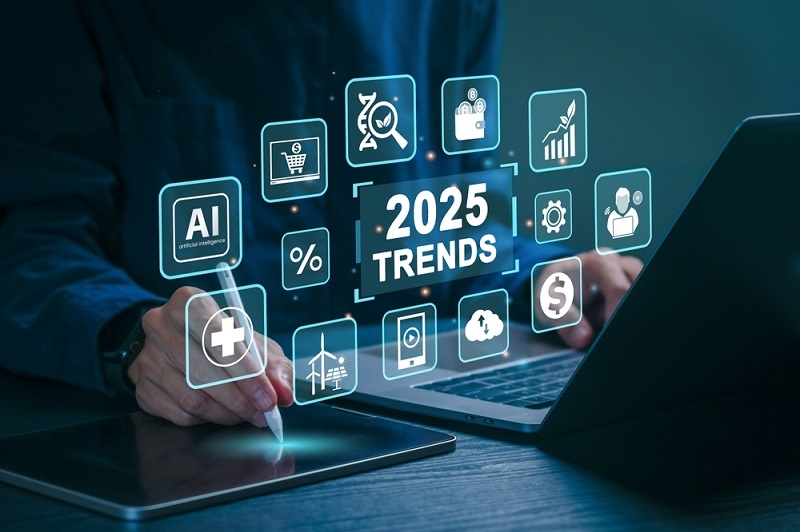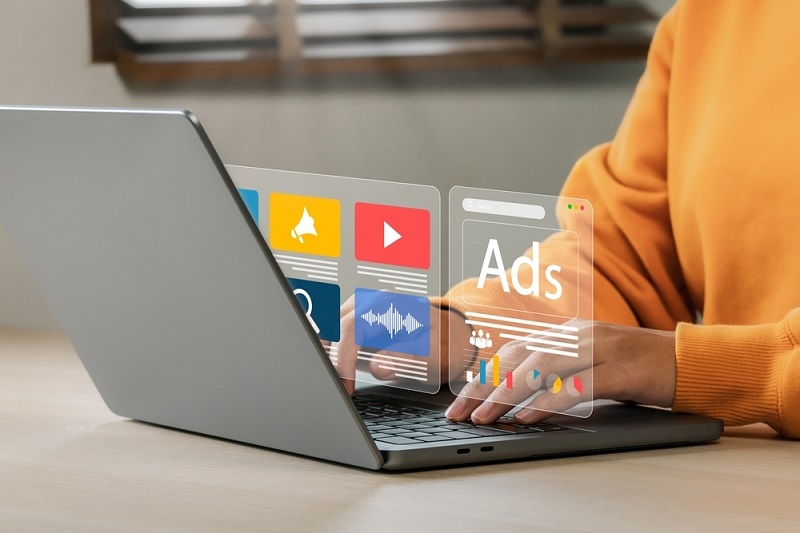
Consumer behavior market trends inform market directions. Economists, policymakers, and businesses are interested parties in market trends in consumer behavior since they impact how industries grow, which products will fail or thrive, and which services will rule. The creation of consumer habits is not coincidental; technological innovation, economic changes, cultural fashions, and values determine it.
Decades have passed, and particularly in the United States, shifts in consumer behavior have redefined the marketplace rules. This blog discusses how this has happened, what it implies for contemporary business, and how consumers continue to redefine what is essential in the economy.
Trends in the consumer behavior market indicate a gradual move away from fundamental needs and towards lifestyle aspirations.
Before the past, American consumers were only concerned about things that were essential—shelter, food, and clothing. This was particularly the case during times of financial hardship, such as the Great Depression and World War II. From the mid-20th century onwards, however, disposable incomes increased, as did the desire for non-essentials.
Televisions, washing machines, and automobiles became family necessities by the 1950s and 1960s. This was a change in historical consumer shifts, as individuals started equating merchandise with status and convenience rather than just survival.
The 1980s and 1990s witnessed American consumers go brand loyal, luxury-minded, and technology-minded for entertainment. Advertising and mass media influenced what people "needed" to purchase.

The digital revolution ignited some of the most frenzied consumer behavior market trends in history. The creation of the internet, mobile phones, and social media remade the shopper's paradise.
Webpages such as Amazon, eBay, and Walmart redefined convenience. No longer was one limited to within immediate stores, but customers were able to shop and purchase from anywhere and everywhere. This changed shopping trends USA, with visiting physical stores declining in favor of making purchases over the internet.
Mobile apps have made price comparisons simpler than ever, as well as reading reviews and targeted ads. With a click or two, individuals could meet their shopping requirements—something that dramatically increased impulse buying and product awareness.
Instagram, TikTok, and YouTube started to play a major role in what consumers desired. Social proof and influencer marketing now play a central role in the manner in which customers build markets. Trends would become viral and launch product demand into the stratosphere overnight.
When COVID-19 struck, it disrupted supply chains and retailing norms and compelled even hesitant buyers to alter their patterns of shopping.
Online shopping, curbside pickup, and delivery apps were a lifeline. Consumers began putting convenience and safety above all else.
U.S. household consumer behavior saw radical changes—less money spent on traveling and eating out, and more spent on home furnishings, electronics, and personal beauty. Consumers invested in the home, leading to increased demand for furniture, exercise machines, and in-home entertainment.
Consumer preference moved towards wellness, immunity, and sustainability. Green consumption habits went mainstream, influencing product demand changes in industries ranging from food to fashion.
The modern American shopper is better educated, more purposeful, and digitally connected. Let's dissect important modern behaviors that continue to influence markets:
Smaller generations—Millennials and Gen Z—are interested in what brands are interested in. They want companies that align with ethics, diversity, and sustainability. This is purely because of their values and how consumers shape markets with the support of companies that have the same orientation.
From Dollar Shave Club to Netflix, human need for convenience and personalization caused the subscription service explosion. Humans are leaving transactions behind in favor of round-the-clock, hand-curated experiences.
With technology-enabled consumption expanding, consumers continue to crave experiences—travel, concerts, festivals. Spending patterns in U.S. indicate that younger consumers are more likely to spend on experiences rather than commodities.
Amazon Prime and same-day delivery have spawned the culture of speed expectations among consumers. Businesses that do not deliver on that expectation lose, as does introducing logistics as a competitive battlefield.
Consumer spending is not only trend-driven—it is also driven by external economic drivers.
As inflation increases or interest rates rise, consumers pinch their purses. They reduce discretionary or luxury spending, redirecting demand to necessities and discount outlets. This is where product demand shifts are revealed across markets.
As the workers are secure on the job and wages increase, consumer confidence strengthens. This creates discretionary spending and new market choices for businesses.
Younger Americans are generally burdened with student loans, which decreases their capacity to purchase homes or big-ticket items. This changes consumer behavior in the USA, promoting rentals, shared services, and second-hand markets.
America's consumer market is ethnically diverse, and the diversity is reflected in consumer behavior and market trends.
Diet trends are constantly evolving, with new flavors becoming popular based on cultural acceptance. Korean BBQ, Mexican street food, and Mediterranean cuisine are a few of the examples that have become mainstream U.S. markets courtesy of multicultural influence.
Representation is now more important than ever. Customers are more likely to engage with brands that have diverse identities and narratives in their messaging.
Protests such as Black Lives Matter, climate protests, or gender rights protests shape what consumers purchase and boycott, and which brands. These social movements are a huge driving force in how consumers shape markets in 2025.
Let's examine how different age segments have driven historic consumer trends and continue to do so today:
Every generation has its own concerns and expectations that influence how people spend money in the US and on brands.
Here are some Examples of Behavioral Influence in Industry:
Fast fashion expanded quickly due to the need for cheaper, current clothes. However, with sustainability in greater focus for customers, the industry is shifting its response in return to meet this demand through moral supply chains, recycling, and resale websites.
What once was a freeing icon, cars now also contend with ride-sharing and electric vehicles. Shifting consumer values regarding the environment and urban living are creating seismic product demand shifts.
Meal kits, organic food, and online grocery shopping through apps have disrupted traditional supermarkets. People want ease of access without sacrificing quality or health.
Today, data is used by companies to determine customer preferences. AI and machine learning technology have evolved to achieve what people are doing on the internet and customize ad targeting based on purchase behavior. The real-time feedback loop profits buyers and businesses alike through the synchronization of consumer behavior, market trends, and business offerings.
As the market continues to evolve, some anticipated future trends are:
Every one of these new trends will influence shopping behavior in the USA in new and innovative ways.
Finally, the market is not in control of the consumer; consumers control the market. Every shift in behavior—from how folks surf to how folks pay—is a powerful force driving industry growth, innovation, and implosion.
Understanding consumer behavior market tendencies is not merely a matter of how much individuals purchase, but why they buy it. That is what keeps companies ahead of the game and in the game of staying relevant to an ever-changing society. From history to future forecasting, the customer is the economy's largest game-changer.
This content was created by AI